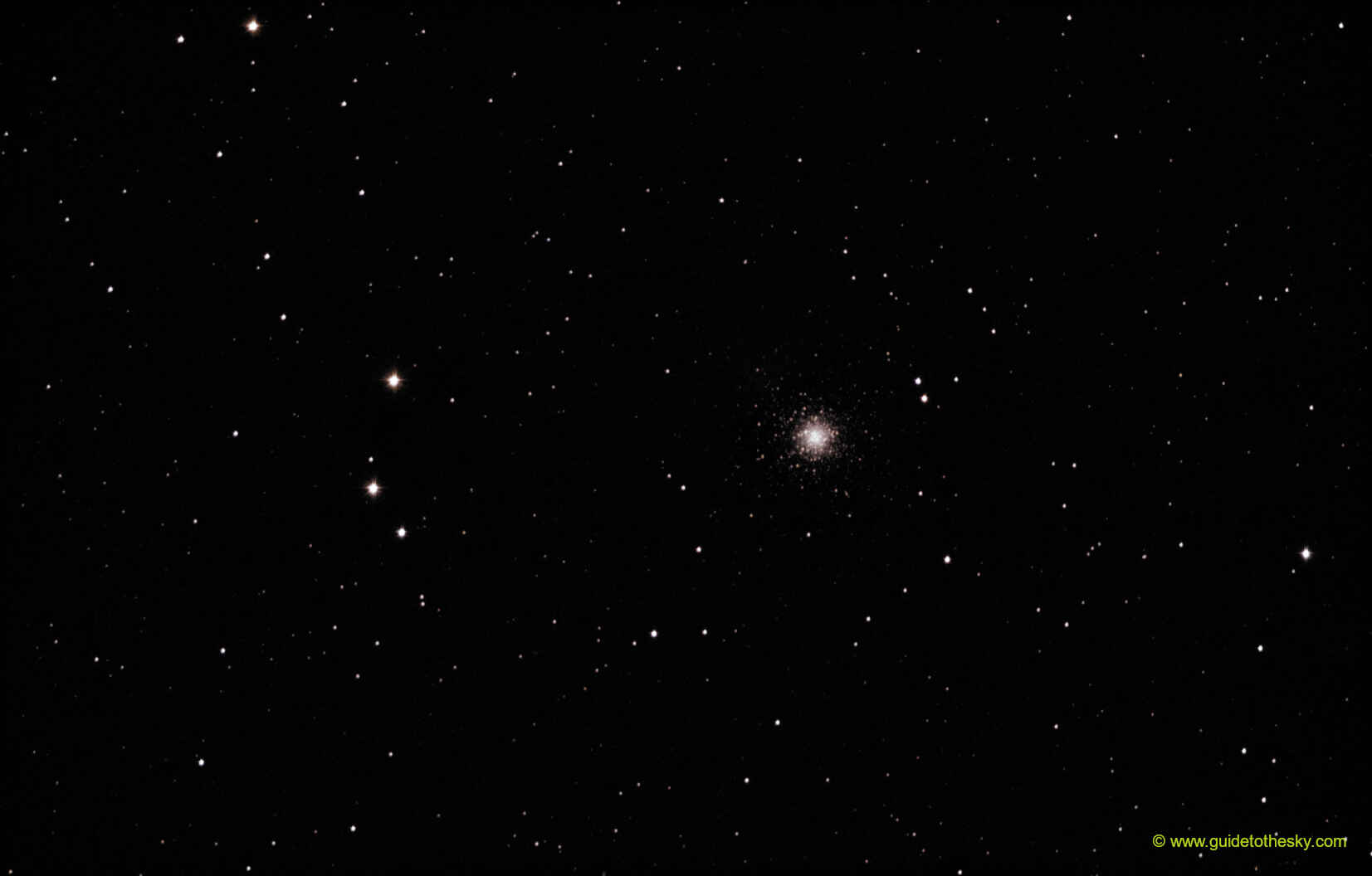Messier 53 - Coma Berenices
NGC 5024

M53 es un cúmolo globular dela constelación de la de Coma Berenices.
Billa con magnitud {{ object[0].M53.visualMagnitude }}, aunque menos brillante que su próximo M3, es un objeto digno de verse.
Billa con magnitud {{ object[0].M53.visualMagnitude }}, aunque menos brillante que su próximo M3, es un objeto digno de verse.
M53 - NGC 5024 - en la IA
Messier 53 (M53) is a globular cluster located in the constellation Coma Berenices. Here's a breakdown of key facts and information about it:
Key Facts:
- Designation: Messier 53 (M53), NGC 5024
- Type: Globular Cluster
- Constellation: Coma Berenices
- Distance: Approximately 58,000 light-years from Earth
- Diameter: Approximately 175 light-years
- Magnitude: +7.7
- Coordinates (J2000): Right Ascension 13h 12m 55.3s, Declination +18° 10' 09"
- Discovery: Discovered by Johann Elert Bode in 1775
- Number of Stars: Hundreds of thousands (estimated)
- Variable Stars: Contains many RR Lyrae variable stars, which are helpful for determining distances
More Detailed Information:
- Appearance: M53 appears as a faint, fuzzy ball of light through binoculars. A telescope is required to resolve individual stars. It's a fairly dense globular cluster, classified as Class V on the Shapley-Sawyer Concentration Class.
- Location: It's relatively isolated compared to other globular clusters, as it's located far from the Galactic Center. It is located near the constellation Virgo and Coma Berenices.
- Relationship to NGC 5053: M53 has a companion globular cluster called NGC 5053. This companion is fainter and less concentrated than M53 and is located about a degree away. It makes for an interesting observation to see both globular clusters within the same field of view.
- Age: M53 is quite old, estimated to be around 12 billion years old. This is typical for globular clusters, which are among the oldest structures in the Milky Way galaxy.
- Observing Tips:
- Best Time to Observe: Spring months are ideal for observing M53 as Coma Berenices is high in the night sky during this time.
- Equipment: While visible with binoculars under dark skies, a telescope with at least 6 inches of aperture is recommended to resolve the individual stars.
- Finding: It is helpful to star-hop from bright stars in the constellation Coma Berenices to find M53. Star charts or planetarium software can be valuable tools.
Why is M53 Interesting?
- Distance Marker: The RR Lyrae variable stars within M53 are important "standard candles" for determining cosmic distances. Their known luminosity allows astronomers to calculate the distance to the cluster.
- Stellar Population Studies: Studying the stars within M53 provides insights into the formation and evolution of globular clusters and the early Milky Way.
- Visual Appeal: While not as bright as some other globular clusters, M53 is still a beautiful object to observe, especially with a good telescope. Its dense core and the surrounding halo of stars offer a captivating view.
Más información sobre Messier 53 en NASA/IPAC.
Mapa alrededor de Messier 53
Otros identificadores de M53:
"BD+18 2701" ,"GCRV 7859" ,"HD 114820" ,"C 1310+184" ,"GCl 22" ,"M 53" ,"NGC 5024" ,"[KPS2012] MWSC 2094",

